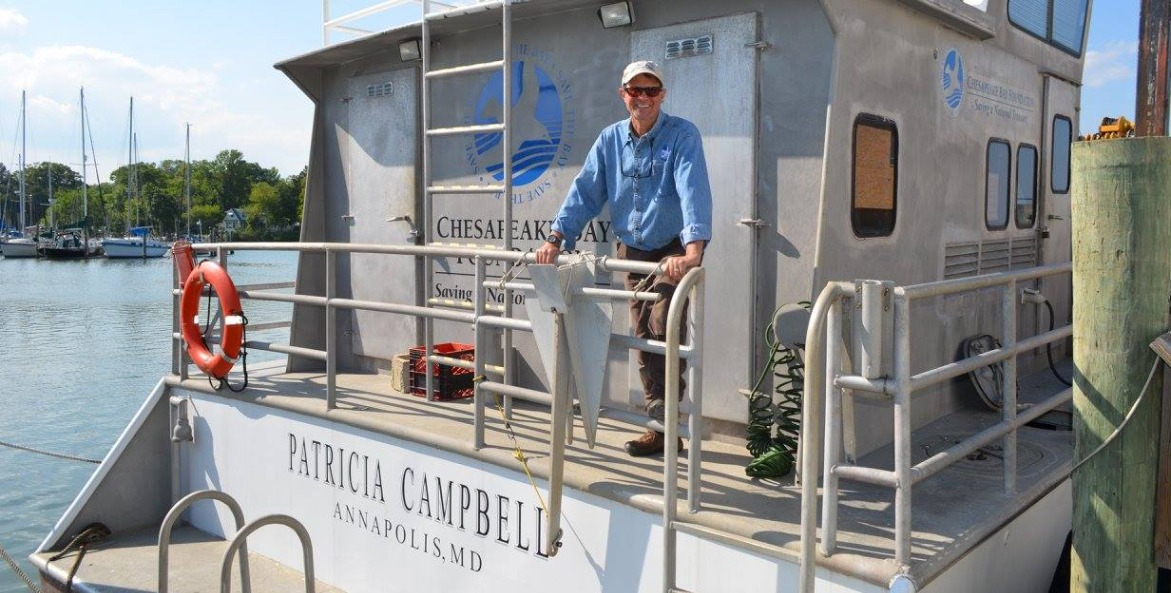Oysters are resilient critters. For me, growing oysters for a living, I get asked many questions. One of the most popular: "How long does an oyster survive out of water?" Well, it depends, and it depends on a few variables. Here are a few things I've learned over the years:
How long does a live oyster stay fresh out of water?
Surprise! The answer is: It depends. Temperature, size of oyster, how they sit, and how they are handled all play important factors. Generally, expect an oyster to live about two weeks out of water. Make sure to keep them cool in a fridge or a cooler but don't let the ice melt on top of the oysters or sit in water or freeze. Try using ice packs instead of ice. And try to orientate them cupped up so oyster liquor does not drain out. In one study, oysters lived out of water 30 days with a 94 percent survival rate.
How do you know when an oyster is not fresh?
Look to see if the oyster shell has a gap or is opened or dried out. If any of these are the case, stay away! A sniff test is always a good idea, too.
How long do shucked oysters last?
A shucked jar full of oysters with their liquor will last about seven days in the fridge. A cooked oyster will last about four days in the fridge.
What do you do with leftover oysters?
Eaten your fill of oysters and have a few leftover, then shuck them into a Ziplock bag with their liquor and freeze. These should keep up to six months.
What should you do with the shells after enjoying your oysters?
Oyster shells are literally the foundation of our reef restoration efforts. But oyster shells are becoming increasingly scarce. After your oyster roast or holiday meal, please consider dropping off your oyster shells at one of our many shell recycling drop-off sites across the watershed.

Capt. Karl Willey, CBF Maryland Oyster Restoration Center Manager and captain of CBF's oyster restoration vessel, the Patricia Campbell.
Emmy Nicklin/CBF Staff




